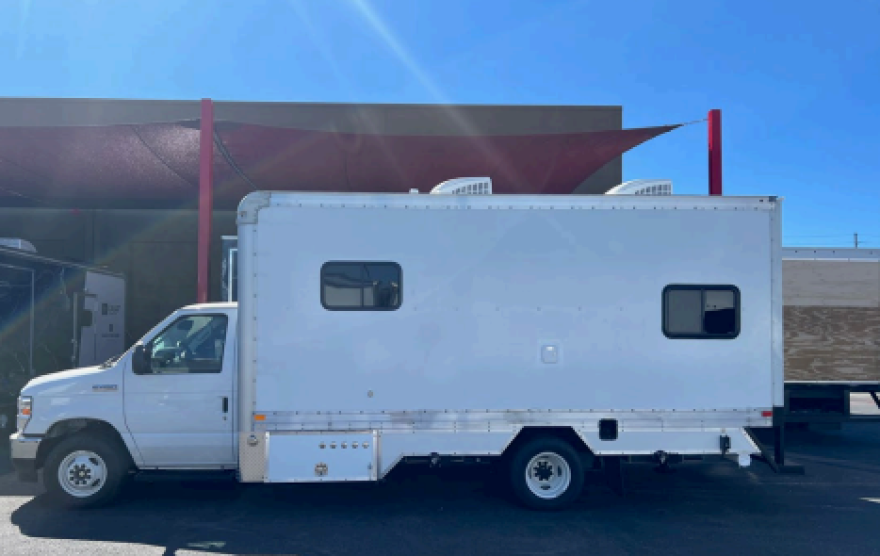New numbers indicate that New Mexico’s public health offices are falling far short in treating opioid addiction.
Despite a statewide effort to expand medication-assisted treatment, or MAT, only a small fraction of those in need are getting help through the Department of Health.
A report presented to lawmakers last week found that out of more than 9,000 people with opioid use disorder, just over 300 were treated in public health offices last year.
Only three people in the state received MAT treatment for alcohol abuse.
That’s despite the fact there are more than 30 department of health offices in the state now offering medication-assisted treatment.
Many offices gave MAT treatments to fewer than 10 patients in the first year of the program.
State lawmakers on the Legislative Finance Committee heard from analysts who issued a 34-page report revealing reasons for the low numbers and offering a series of recommended fixes.
New Mexico Department of Health secretary Gina BeBlassie conceded that the program could be improved in several areas, including screening and referrals, and a stronger collaboration with the Corrections department.
But one of the biggest problems seems to be awareness of the program.
DeBlassie, who was confirmed as DOH secretary in March of this year, said that most people don’t know that public health offices provide medication for opioid use disorder, MOUD for short.
“ We're going to develop a more comprehensive marketing plan. I think one of the things that, that I've seen coming into the department is we have public health offices all over the state, but really, who knows what happens within those offices," DeBlassie said to the LFC.
"I think it's really important for us to have a robust marketing campaign, one specific to MOUD, but also make sure that we don't forget about all the necessary and vital services that we're providing across the state out of our offices as well.”
Most MAT in the state is provided by private clinics, not Department of Health offices.
Representative Harlan Vincent, from Ruidoso Downs, compared the DOH’s response to a fire crew only answering a handful of emergency calls.
Another recommendation from the LFC analysts focused on more detailed and transparent collection and sharing of data and patient outcomes.


